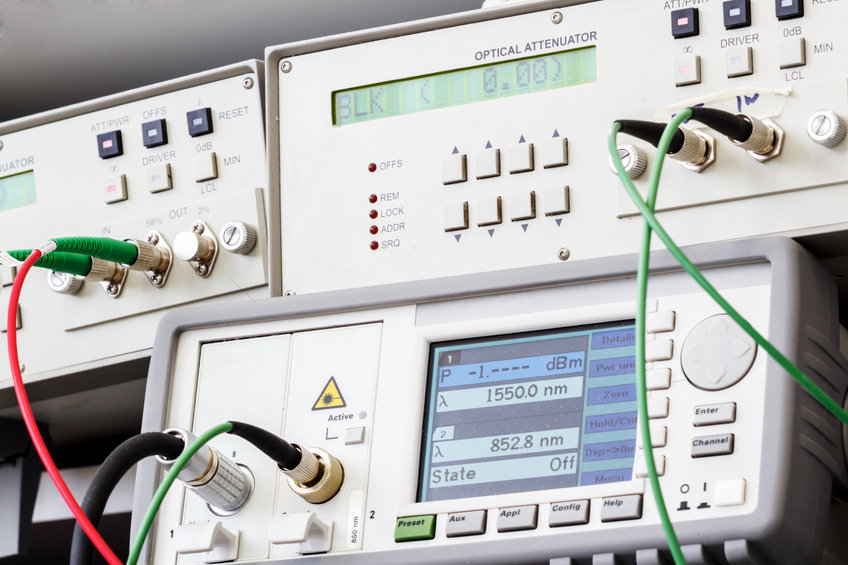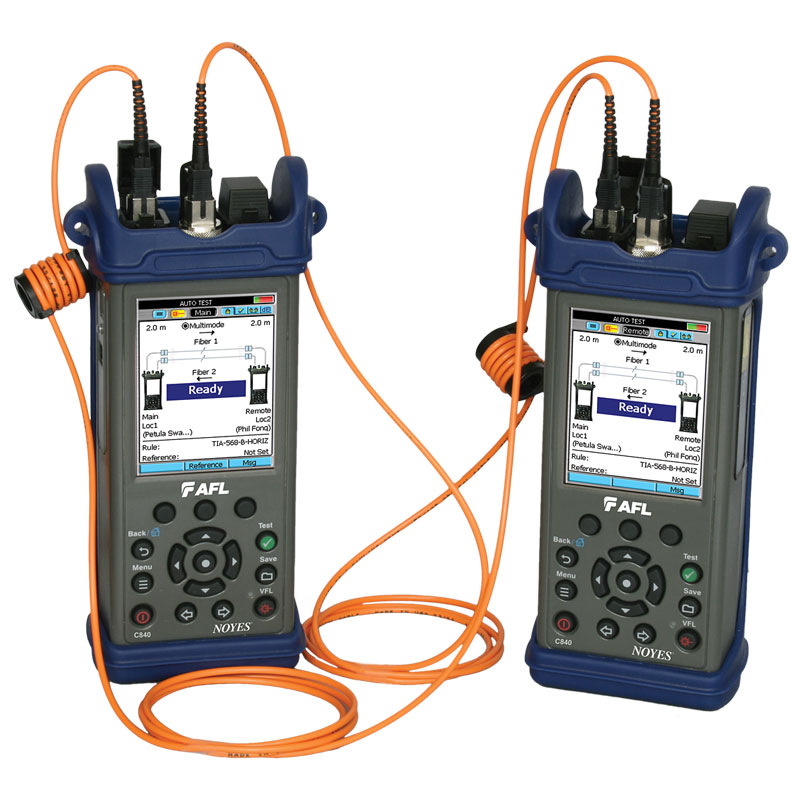Fibre Testing Equipment for Comprehensive Results in Research
Fibre Testing Equipment for Comprehensive Results in Research
Blog Article
Why Optical Fibre Testing Devices Is Vital for Network Maintenance
In the world of network upkeep, the relevance of optical fibre screening tools can not be overemphasized. These advanced tools play a critical function in identifying mistakes and efficiency concerns that could undermine the honesty of information transmission. By employing devices such as Optical Time Domain Reflectometers and Optical Power Meters, network specialists can guarantee conformity with sector standards while proactively resolving prospective disturbances. As the demand for reliable connectivity remains to rise, comprehending the intricacies of these screening methods comes to be important for maintaining an efficient network framework. What ramifications does this have for future network developments?
Relevance of Normal Evaluating
In the world of telecommunications, the significance of regular testing of optical fibre can not be overemphasized. Optical fibre networks function as the backbone of contemporary interaction systems, helping with high-speed data transmission over huge ranges. Regular screening ensures the stability and integrity of these networks, spotting prospective problems prior to they rise into substantial issues.
Testing aids identify faults, such as breaks or bends in the fiber, which can cause boosted signal loss and endangered performance. Abnormalities in transmission can weaken user experience, bring about reduce information rates and service interruptions. With organized screening, network drivers can maintain optimal performance, guaranteeing minimal downtime and making the most of service accessibility.
Additionally, regular screening is vital for conformity with sector standards and policies. It offers recorded evidence of network wellness, which is critical for audits and evaluations. Additionally, routine testing help in aggressive maintenance methods, enabling drivers to schedule repair work at practical times, thus lessening interruptions to customers. In final thought, normal optical fiber screening is vital for maintaining the operational performance, safety and security, and longevity of telecommunications infrastructure, inevitably ensuring a smooth interaction experience for individuals.
Secret Kinds Of Testing Tools

Another crucial tool is the Optical Power Meter, utilized to determine the power levels of optical signals in the fibre. When coupled with a light resource, it allows the assessment of link loss, making sure that the network operates within defined criteria.
In Addition, a Fiber Identifier is very useful for identifying certain fibres in a multi-fibre cable television without interrupting solution. This tool helps in maintenance tasks by pinpointing the proper fibre for testing or repair.
Finally, Visual Mistake robotic vision Locators (VFL) are utilized to find breaks and faults in fiber cables by emitting a visible light. Together, these testing devices form an essential toolkit for keeping and troubleshooting optical fibre networks, guaranteeing trustworthy performance and reducing downtime.
Troubleshooting Common Issues
When fixing usual issues in optical fibre networks, professionals frequently come across a variety of issues that can affect performance and connectivity. One widespread concern is signal loss, which may come from factors such as inappropriate splicing, flexes in the fiber, or filthy ports. Utilizing an Optical Time Domain Name Reflectometer (OTDR) permits service technicians to pinpoint the exact area of faults and evaluate the integrity of the fiber optic wire.
Another common issue is attenuation, which describes the decrease of signal strength over range. This can arise from excessive bends or inappropriate installation strategies. Normal testing with power meters and source of lights can help identify excessive depletion and determine if the installment adheres to industry criteria.

Enhancing Network Performance
Dealing with usual problems such as signal loss and attenuation sets the structure for boosting network efficiency in optical fiber systems. By using innovative optical fibre testing devices, network administrators can identify and rectify mistakes that compromise signal Visit This Link stability. This proactive strategy not only protects against degradation of service but also enhances the total performance of the network.
Regular screening permits the discovery of possible issues prior to they escalate, guaranteeing marginal disruption to users (optical fibre diameter analyser). By determining criteria such as insertion loss, return loss, and optical power levels, technicians can gain beneficial understandings right into the wellness of the fiber network. This data-driven approach makes it possible for targeted upkeep approaches, helping with quicker fixings and reducing downtime
Additionally, preserving optimal performance degrees is essential for sustaining the raising needs of contemporary applications, such as high-def video streaming and cloud computing. Boosted network performance translates to improved individual experience, faster information transmission, and better integrity.
Cost-Effectiveness of Maintenance
Purchasing optical fiber screening equipment settles dramatically in regards to maintenance expenses. By making use of advanced testing tools, network drivers can proactively identify faults and issues within the fiber optic facilities. This early recognition minimizes the threat of devastating failures that might result in comprehensive downtime and expensive repair services.
Moreover, the capacity to promptly analyze the problem of fibre wires permits more reliable appropriation of upkeep resources. Specialists can focus their initiatives on locations that call for immediate interest, as opposed to carrying out broad, lengthy examinations that may not yield vital insights. This targeted strategy not just lowers labour expenses however also improves the total effectiveness of upkeep approaches.
Furthermore, regular screening with optical fiber devices improves the life expectancy of the network facilities. By addressing minor issues before they rise, drivers can prevent the considerable see this site expenses related to significant repair services or replacements. The long-term economic advantages of buying these screening devices much surpass the initial costs, positioning organisations to maintain optimum network performance while managing expense. In recap, the cost-effectiveness of maintenance is dramatically boosted through the tactical use optical fibre screening equipment, eventually bring about a robust and dependable network.
Conclusion
In final thought, optical fiber screening devices plays an important function in keeping network stability and efficiency. Normal screening is crucial for early fault discovery and efficient troubleshooting, inevitably improving network dependability. By using crucial devices such as Optical Time Domain Name Reflectometers and Optical Power Meters, drivers can properly address typical issues and improve overall performance. Proactive upkeep not just makes sure compliance with market criteria however also supplies considerable price financial savings, contributing to the longevity of network facilities.
Report this page